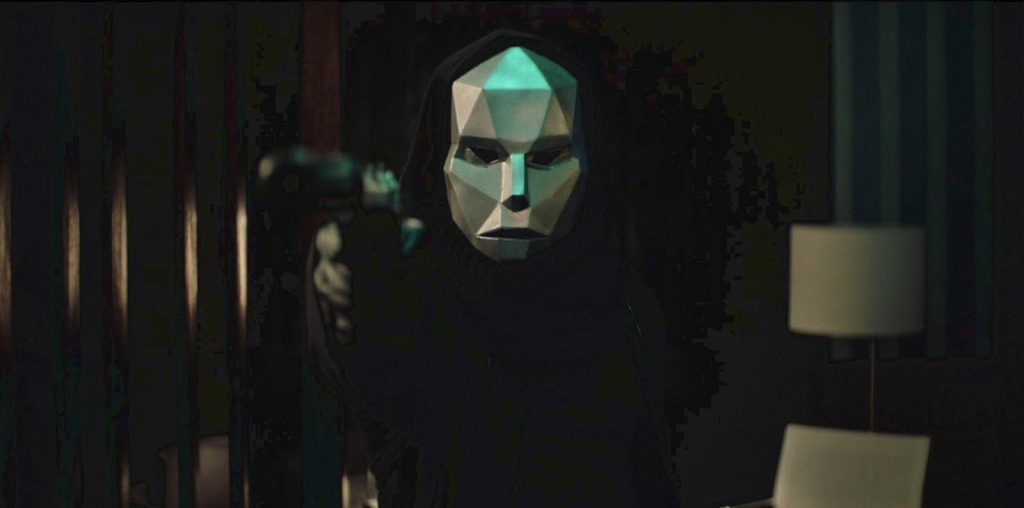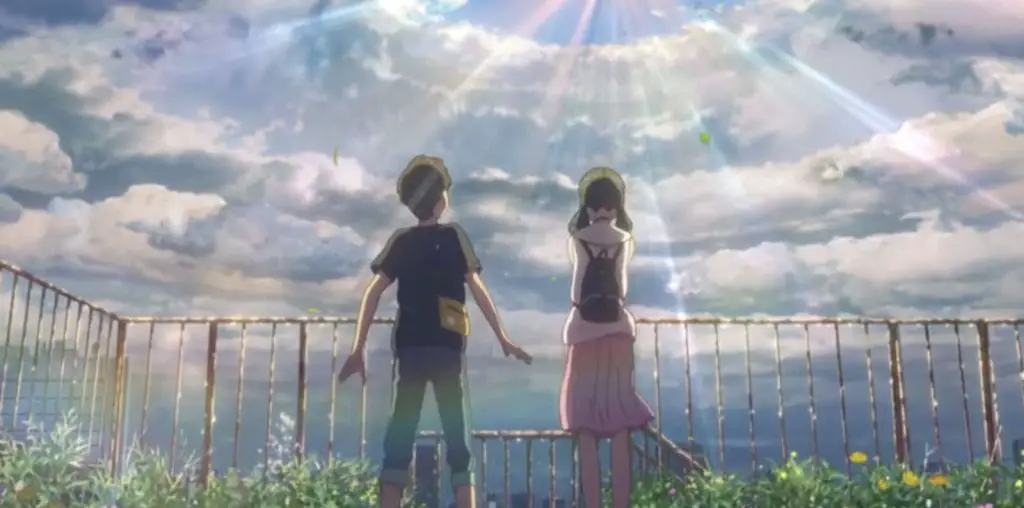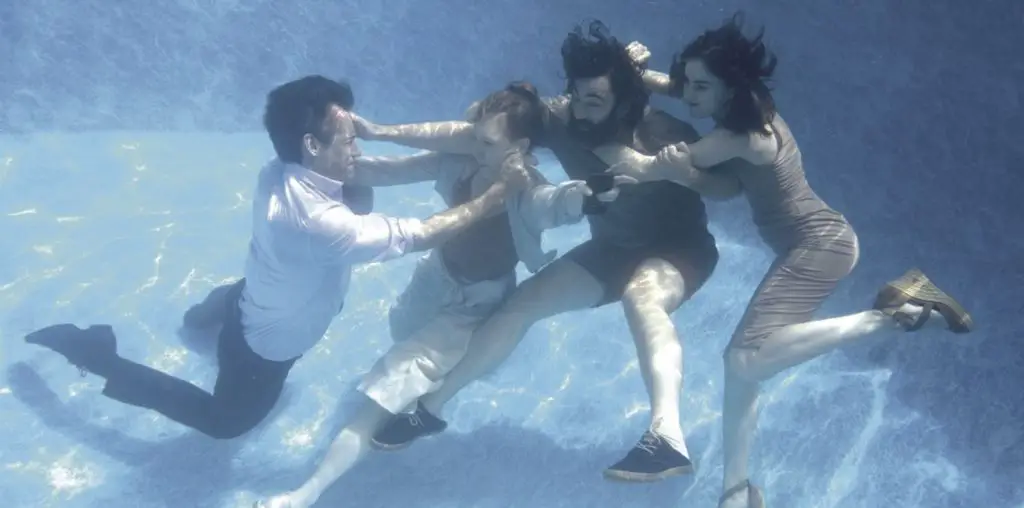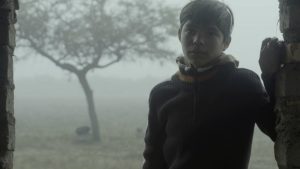
NOW IN VIRTUAL CINEMAS! The title of Fernanda Valadez’ Identifying Features refers to the bodies of Mexican migrants – a lot of them young children – who are continuously killed on the way to the U.S. border. Her film is a spare, melancholy study of the personal repercussions of Mexico’s futile war on drug cartels, seen through the eyes of a perseverant mother. Valadez displays a real knack for verisimilitude, her deliberately-paced approach proving crucial to the film’s cumulative, gut-wrenching impact. You may not want to see Identifying Features more than once… but that’s because once will be enough for it to sear itself into your memory.
Magdalena’s (Mercedes Hernández) son, Jesus (Juan Jesús Varela), goes missing on the way to America. His bag is found in a shallow grave, next to the body of a boy with whom he was traveling. Magdalena is told that this is the closest they’ll come to identifying her son. “What was his name?” they ask her. Magdalena believes he’s still out there. Despite being discouraged at every turn, she carries on her search, which eventually leads her to the young migrant, Miguel (David Illescas). Having been caught in the U.S. and sent back to Mexico, Miguel is looking for his mother. In an inhumane world, the two of them find a brief respite in each other’s humanity. The ending is bound to penetrate the most hardened of hearts.
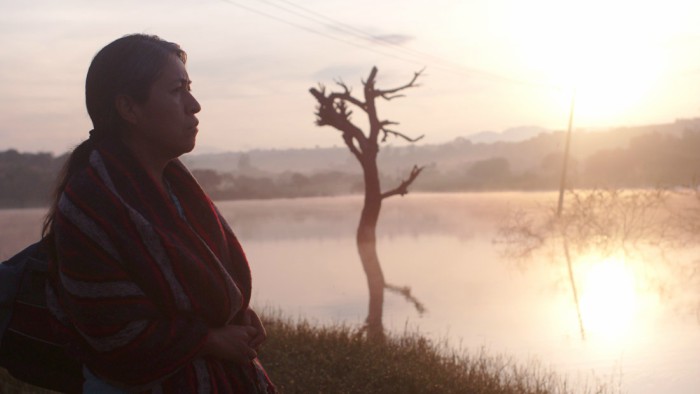
“Magdalena’s son goes missing on the way to America. His bag is found in a shallow grave…”
“From behind, you almost look like him,” Magdalena tells Miguel, as they walk through Mexico’s wilderness. “From behind, we all look alike,” he deadpans. Valadez – and her formidable cinematographer Claudia Becerril Bulos – shoot quite a few of their characters from behind, or in shadow – one is not even seen on-screen, only heard – to emphasize the dehumanization that’s currently happening in her country, its citizens reduced to faceless entities with no remaining identifying features. I can’t emphasize enough how much hinges on Bulos’ camerawork in this frankly slow-as-molasses film: from its opening foggy shot of a figure approaching a dilapidated house to the upside-down reflection of a tree against a pastel horizon in a pool of water, she paints a vivid, sun-scorched portrait of a country in crisis.
"…A goat’s head burns in crimson flames, its skull swarming with slithering maggots."
